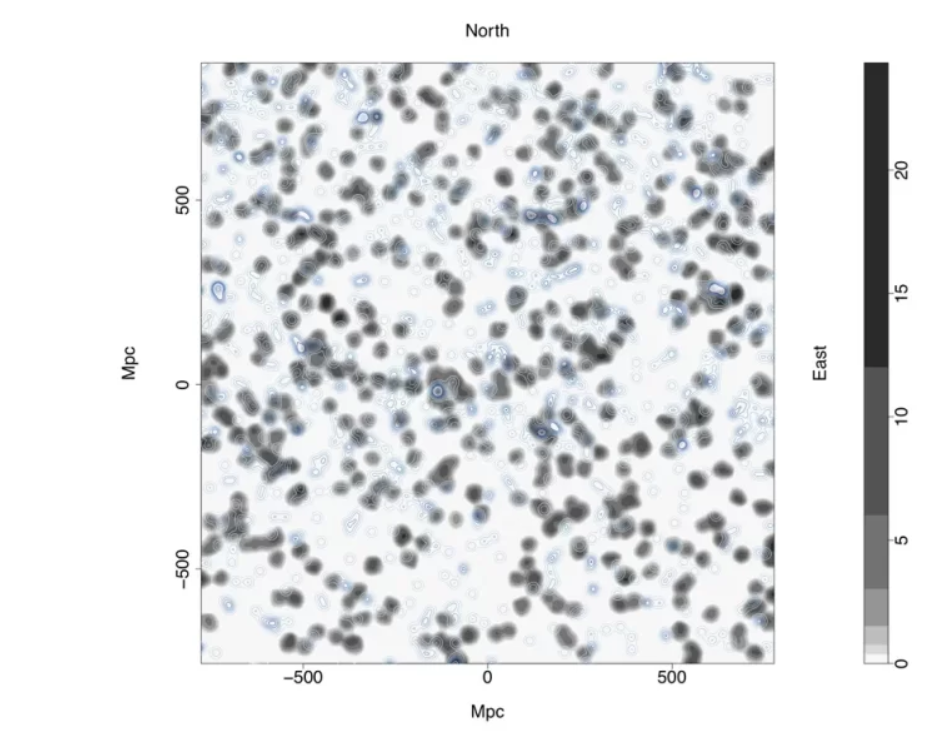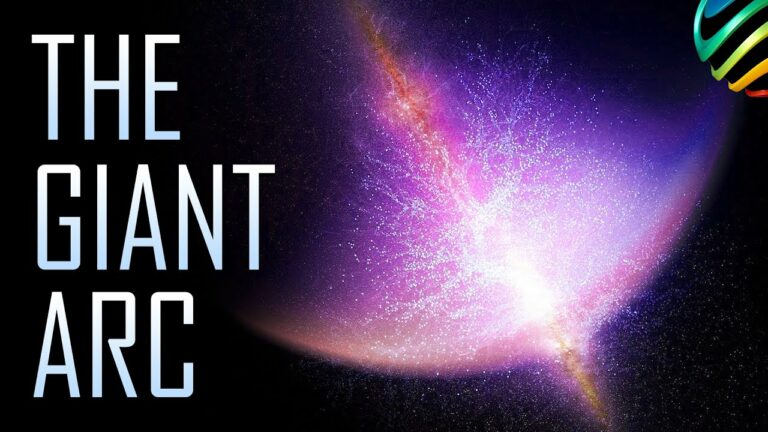Scientists claim that the existence of a colossal cosmic arc spanning a distance of 3.3 billion light-years is highly improbable.
In a groundbreaking astronomical revelation, researchers have introduced a massive cosmic formation known as the ‘Giant Arc,’ stretching an incredible 3.3 billion light-years across the universe. This significant discovery has caused a stir in the field of astrophysics, challenging long-held assumptions about the cosmos.
The Giant Arc, located an astonishing 9.2 billion light-years from Earth, is a vast collection of galaxies, galactic clusters, and extensive clouds of gas and dust. What sets this finding apart is its coverage of roughly one-fifteenth of the observable universe, establishing it as one of the largest structures known to date.

However, the presence of the Giant Arc challenges a fundamental principle in cosmology, known as the cosmological principle, which states that matter should be evenly distributed across the vast cosmic scales. Previous massive structures, such as the Sloan Great Wall and the South Pole Wall, pale in comparison to the immense size of the Giant Arc. This raises perplexing inquiries regarding the uniformity of matter distribution in the universe, potentially necessitating a reassessment of established theories and regulations that govern the cosmos.
The prevailing standard model of the universe is deeply rooted in the cosmological principle. As Lopez highlights, if this principle is no longer valid, it may demand a revision of our fundamental comprehension of the universe. One intriguing possibility is to reconsider how gravity functions on the largest cosmic scales. This notion has gained support among a vocal subset of scientists in recent times.
Daniel Pomarède, a cosmographer at Paris-Saclay University and co-discoverer of the South Pole Wall, acknowledges the challenge presented by the Giant Arc but remains cautious about dismissing the cosmological principle that has served as the foundation for our universe models for nearly a century. He points out that certain theories propose a theoretical limit to the size of cosmic structures, and yet, larger structures continue to be uncovered. The fate of the cosmological principle remains uncertain as scientists grapple with the implications of the Giant Arc’s existence.
In conclusion, the revelation of the Giant Arc stands as one of the most significant advancements in contemporary astrophysics, raising profound inquiries about the structure and fundamental laws that govern the universe. Its discovery serves as a reminder that the cosmos is far more mysterious and intricate than our current understanding allows, inspiring scientists to embark on a journey of reevaluation and exploration on a cosmic scale.
Do not forget to share your opinion with us to provide you with the best posts !




0 Comments